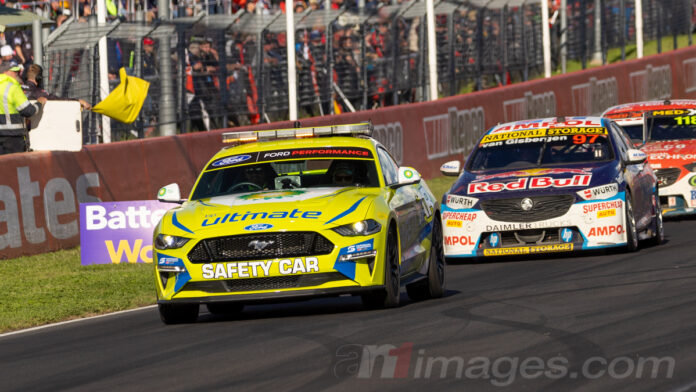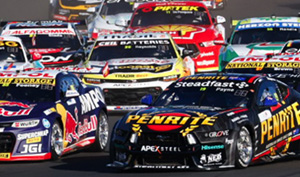THE Bathurst 1000 features several key rule differences compared to the rest of the Supercars Championship calendar.
Some of them are specific to endurance races, while others represent significant changes compared to last year’s running of the ‘Great Race’.
Here’s a quick rundown on what you need to know.
GRID: Where every car will start the 2023 Repco Bathurst 1000
SPOTTER GUIDE: The Great Race field car-by-car
300! Data reveals van Gisbergen hit magic number
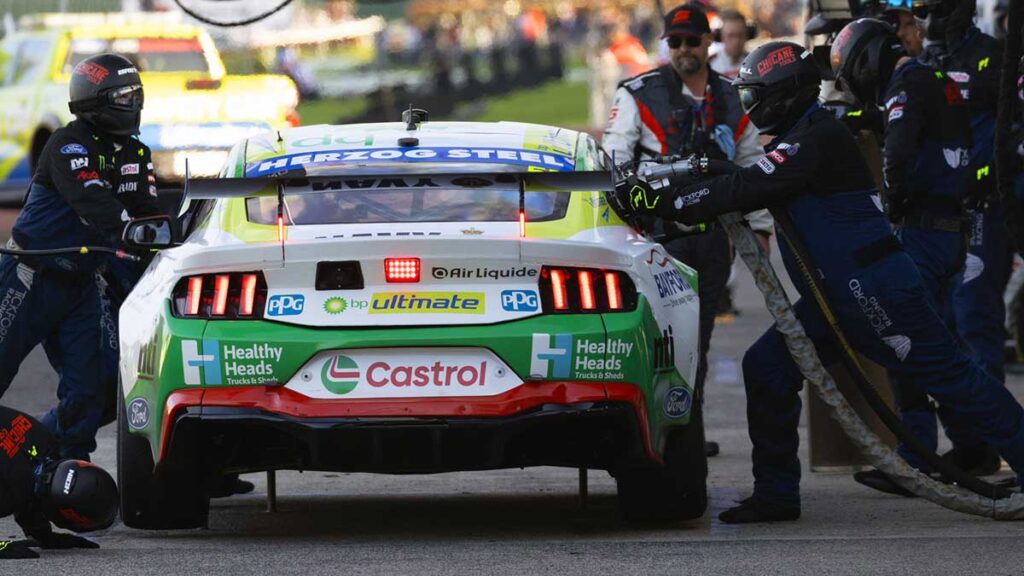
No restrictions on pit stops
For the first time in over a decade, teams don’t have to make a minimum number of pitstops during the race.
Compulsory Pit Stops were brought in for the 2013 race as a way of addressing the different rates of fuel consumption between the existing Ford and Chevrolet engines and the double overhead-camshaft V8s of Nissan and Mercedes.
All cars had to complete no fewer than seven pitstops across the race.
The restriction remained in place all the way through to the end of the Gen2 era in 2022 but has been lifted for this year’s race.
The Gen3 car’s larger fuel capacity (135L vs the Gen2 car’s 111L) and changed demands of the new GM and Ford engines will have a large impact on just how far teams will be able to go between fuel stops.
Teams are expecting to be able to get up to 30 laps out of a single tank of fuel, which is close to the magic 33-lap stint that would allow a car to make just four pitstops across the 161-lap race.
However, the Gen3 car’s greater appetite for tyres means that it’ll be rubber and Safety Car timings that will dictate just how many stops each car will make during the race.
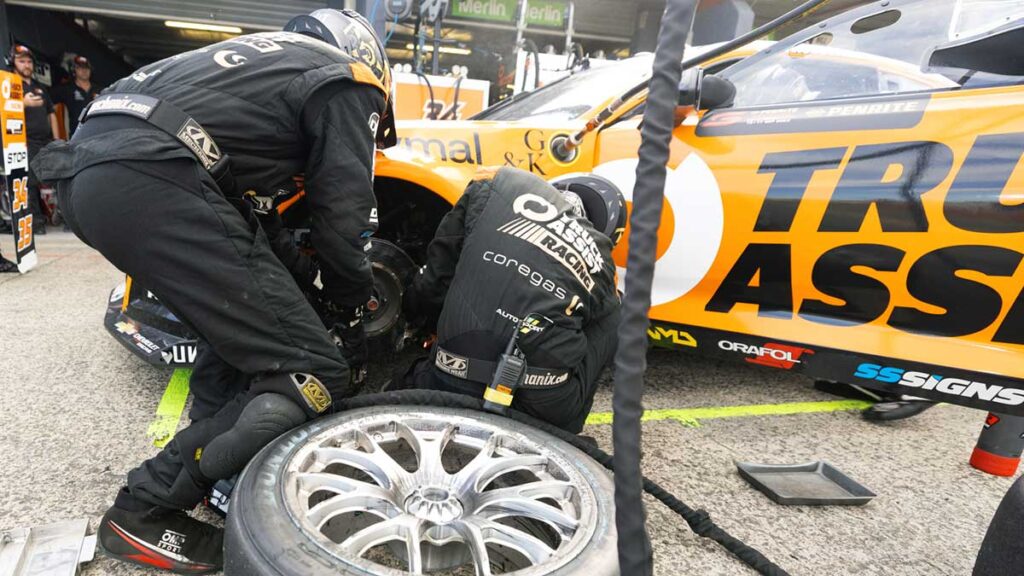
Compulsory brake change
While teams don’t have to satisfy a minimum number of pitstops, they will have to complete a compulsory brake pad change.
That’s subtly different to recent years, when the rules mandated that teams had to change the entire front brake rotor.
The pad change must occur between the start of Lap 55 and the end of Lap 120, and any car that misses that window will cop a time penalty.
Few teams elected to do pad changes during the Sandown 500, in which they were not compulsory, although most attempted changes during practice sessions.
Instead of whipping out the old pads and fitting new ones, the ‘monoblock’ design of the Gen3 caliper means teams have to take off the entire caliper assembly and fit a new one with fresh brake pads already installed.
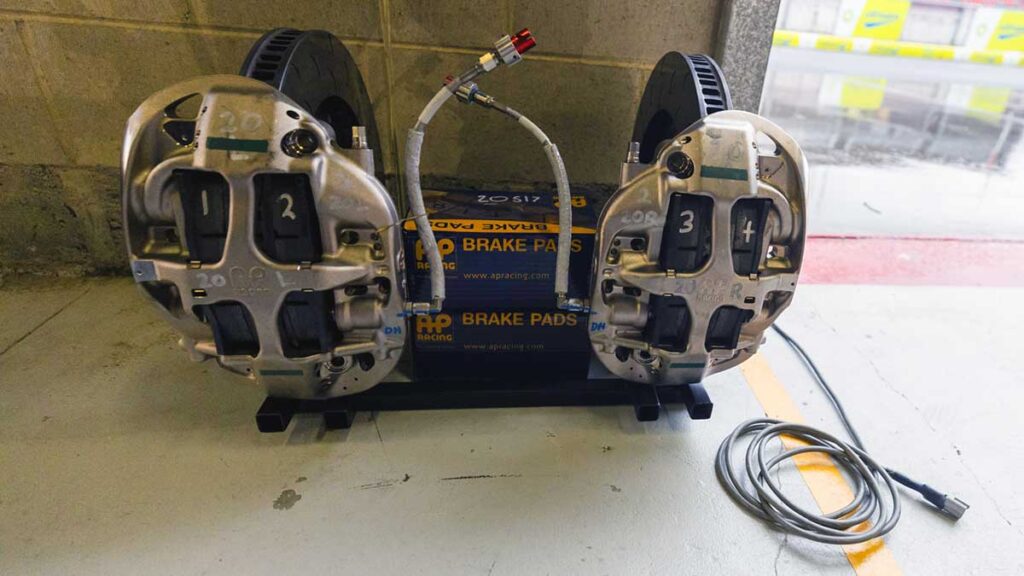
While brake rotor changes aren’t compulsory this year, expect to see several teams swapping front rotors, calipers and pads as a complete unit, just as they did in the latter years of the Gen2 era.
Another thing to watch for will be if any team decides to change rear brake pads or rotors during a pit stop.
The rules stipulate that the car’s engine will have to be switched off prior to any work beginning on the rear brakes and remain off until the new rear wheels have been fitted.
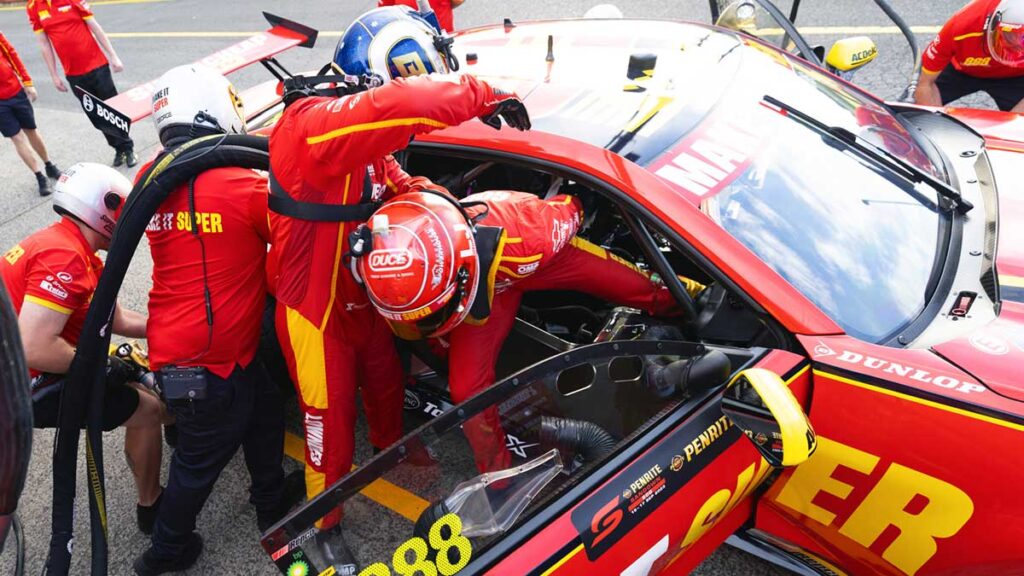
Driving time restrictions
Another rule that continues into 2023 is the minimum number of laps that need to be completed by the drivers of each car, although this is more commonly a focus for co-drivers.
Each driver must complete a minimum of 1/3 of the scheduled race distance.
At Bathurst, that means 54 of the scheduled 161 laps.
The longer fuel range of the cars means that co-drivers can theoretically satisfy their 54-lap minimum by completing a full double-stint.
However, teams won’t be able to employ the same strategy that most used at the Sandown 500, where their co-drivers started the race, completed their minimum 54 laps, then handed over to their primary drivers for the remainder of the race.
That can’t be done at Bathurst as rules prevent drivers from being behind the wheel continuously for more than 3.5 hours, and a 107-lap spell will take – at best – over 3 ¼ hours.
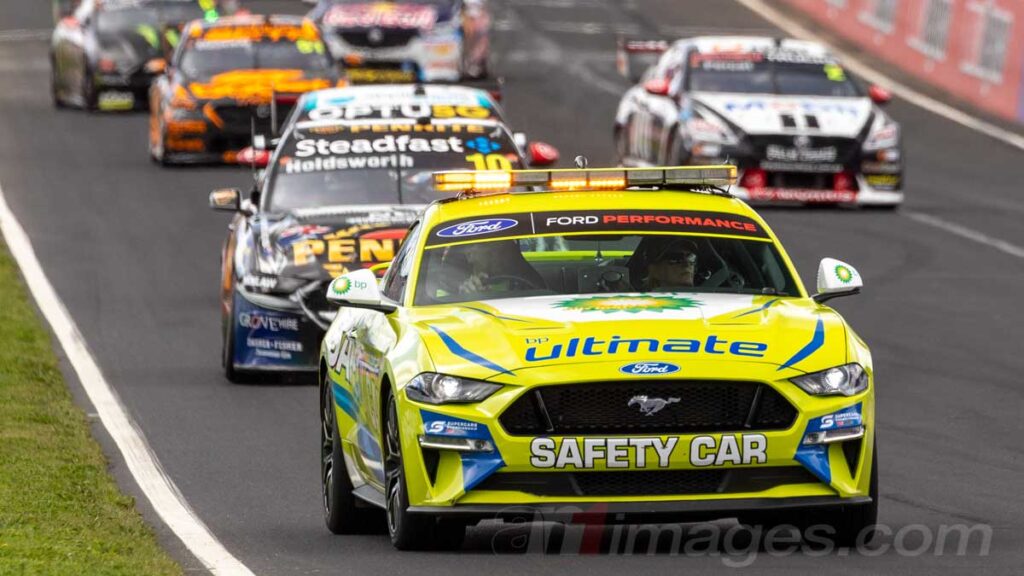
Safety Car ‘lucky dog’ rule
All lapped cars will be given the opportunity to get one lap back at the end of each Safety Car period.
Introduced for the 2020 race, the rule is specific to the Bathurst 1000 and was created to keep more cars on the lead lap in the closing stages of the races, and therefore in contention for victory.
The list of lapped cars eligible for the free pass is recorded by Race Control at the start of each Safety Car period.
Then, provided they are close enough to the train, those cars are allowed to pass the Safety Car after Forrest’s Elbow on the final lap of the caution period.
As an aside, in addition to being told by race engineers that the Safety Car lights have been turned off, all drivers will be visually advised that the Safety Car period is set to end on their dashboard with the MoTeC In Car System displaying the message ‘Safety Car In’.
However, if Race Control deems the track conditions “unsuitable”, then the ‘lucky dog’ free pass won’t take place.
Several teams have been pinged for fumbling the procedures around this in the past, most notably in 2021 when a raft of cars passed the Safety Car a lap early and copped pitlane drivethroughs as a result.
However, lapped cars will be out of luck if the Safety Car comes out in the closing laps.
If a caution period ends with eight laps or less remaining, lapped cars will instead have to pass through the pits in order to drop them to the tail of the queue and get them out from among the lead-lap runners.


